What are the most annoying problems that would make you feel frustrated if you're a pharmaceutical or nutraceutical tablet manufacturer? I bet the dust pervading your tablet press room is definitely one of them.

Dust can occasionally be produced when you're compressing powders into tablets. In the meantime, flashing may occur from the clearance between punches and dies of the tablet press. The tablet flashing and excess powders may result in unwanted dust.
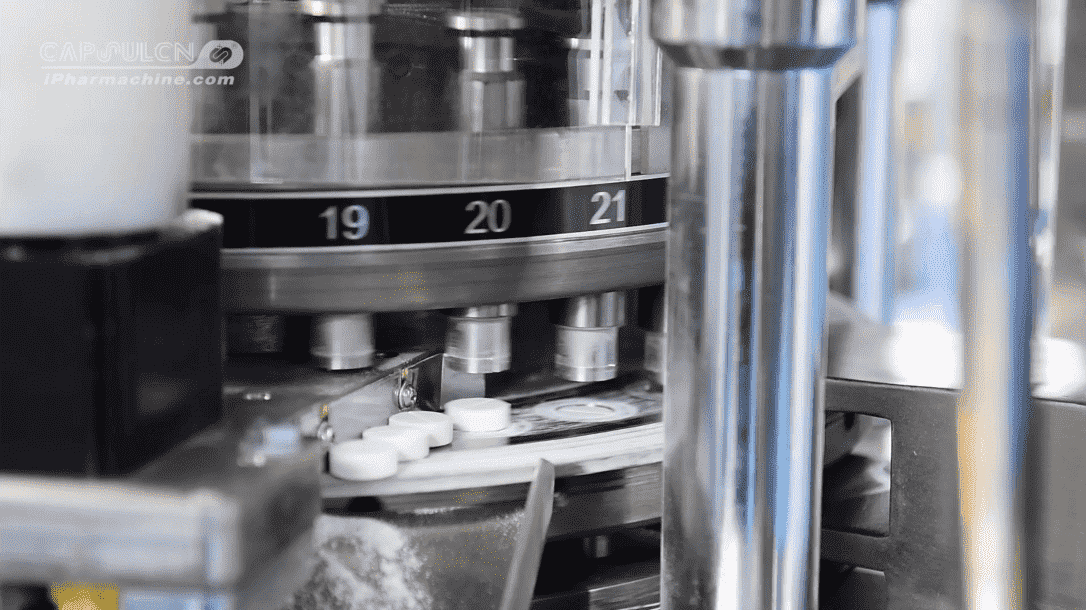
So, what should we do to keep the shop floor space clean and prevent equipment failure in the downstream processes? The first thing is to remove the unwanted dust. Then, how to get rid of dust in an effective way? The answer goes to tablet dedusters. This article will walk you through tablet dedusters, popular tablet deduster styles on the market, and the tablet deduster working principle. Let's get started!
What is a tablet deduster?
A tablet deduster is a piece of pharmaceutical and nutraceutical equipment that can be used to remove excess powders or particles from the surface of tablets. This device can be directly connected to a tablet press to handle the processes of tablet dedusting and deburring.
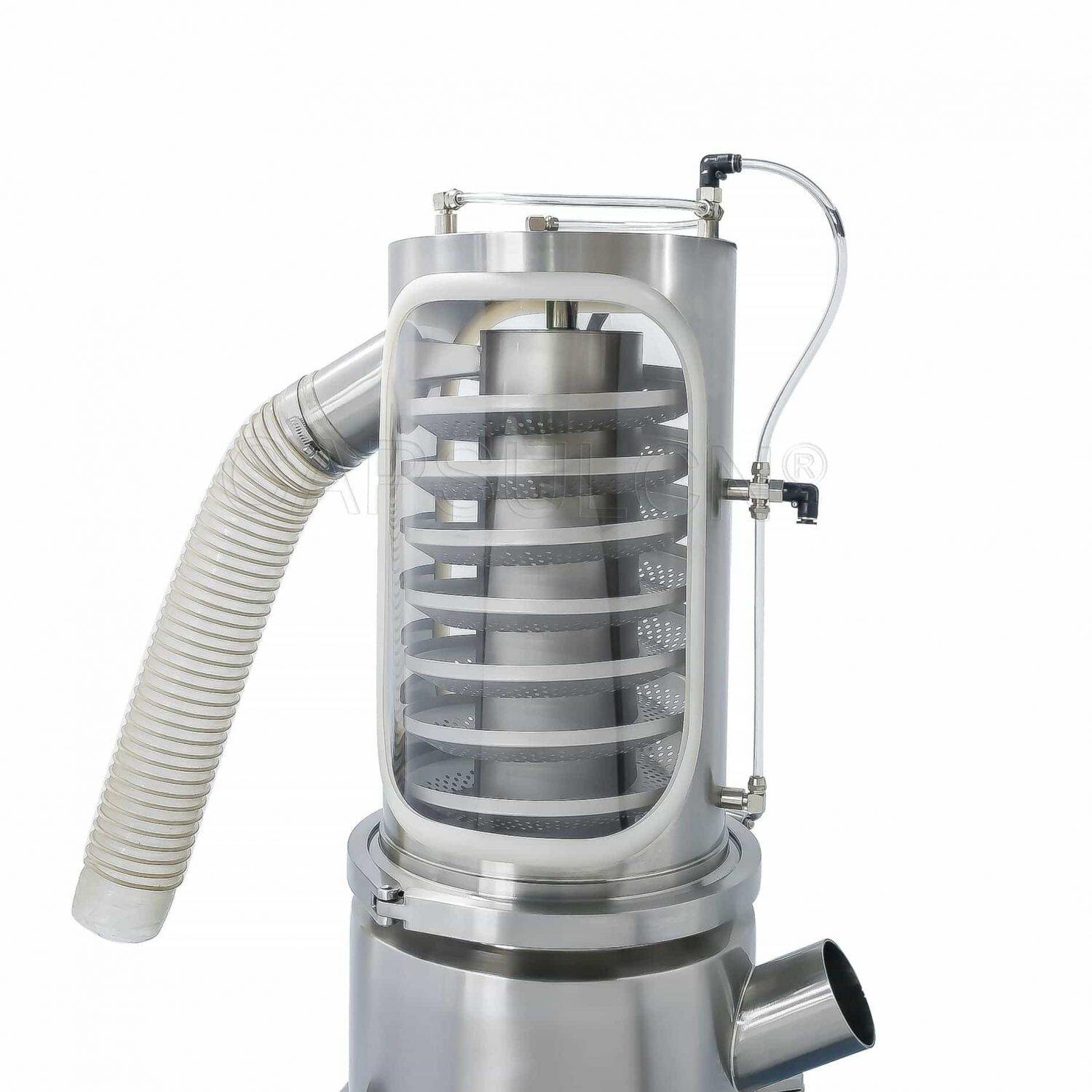
The tablet deduster can keep your manufacturing facility clean, ensuring less maintenance of your machine fleet. Aside from tablet presses, a robust, well-designed tablet deduster allows for easy integration into other ancillary equipment, such as a metal detector and a vacuum cleaner, without compromising productivity and final product quality.
How do tablet dedusters work?
Before diving into the tablet deduster working principle, let's take a look at the types of deduster out there. Based on the size and hardness of tablets, the maximum output of the tablet press, the shop floor space, and other production needs, tablet dedusters are mainly classified into three styles - horizontal, vertical, and brush-type.
1. Horizontal tablet deduster working principle
Horizontal dedusters employ a stainless steel plate or cylinder with perforations to vibrate side to side for dedusting and deburring. Actually, the plate or cylinder isn't placed horizontally; instead, it has a little downward slope that enables the tablets to descend as they are transferred by vibration.
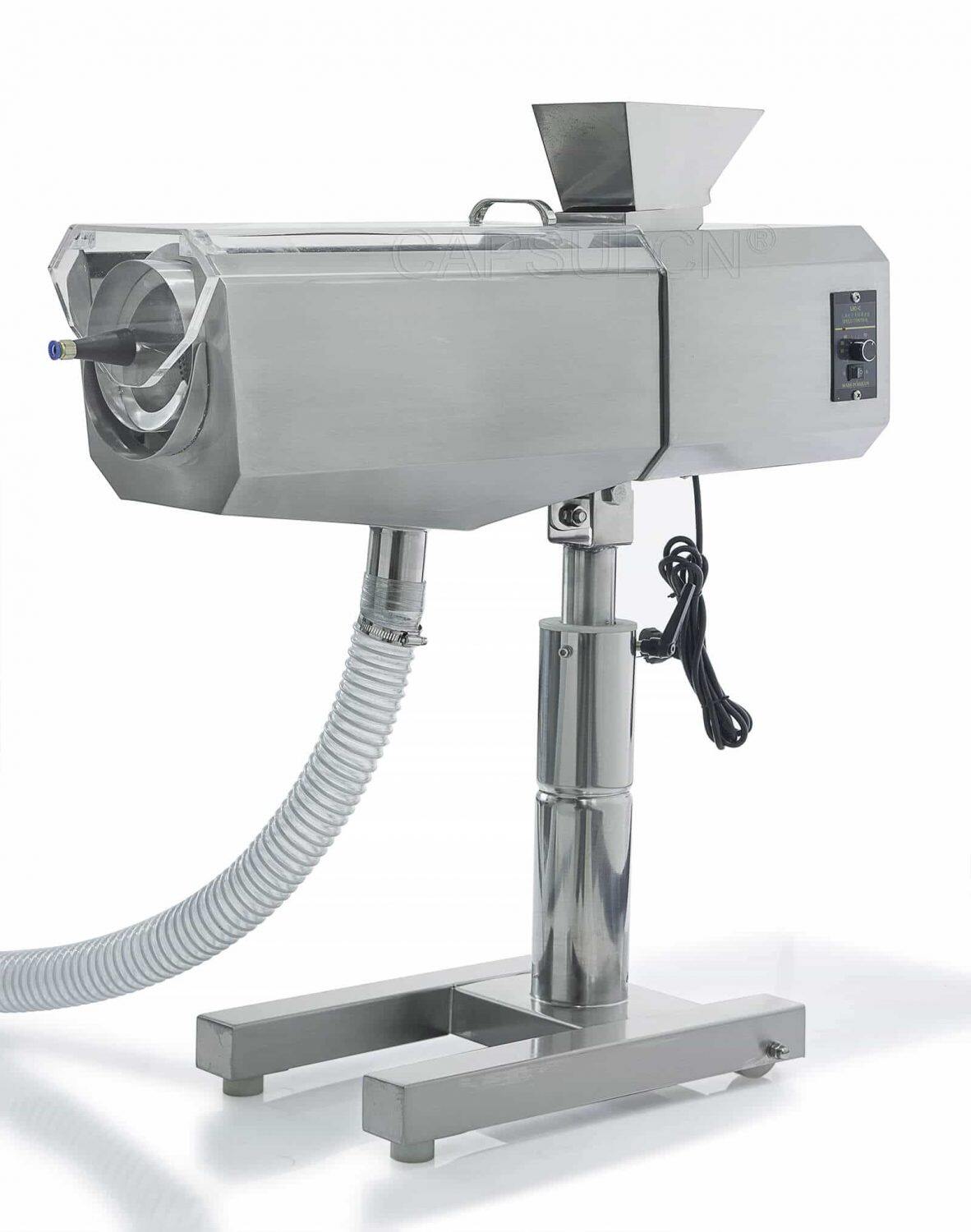
As the tablets travel through the deduster, the plate or cylinder vibrates to shake off the dust. And then, the dust is drawn away by the suction of a compressed air-powered vacuum cleaner into a dust collection once it falls through the perforations.
2. Vertical tablet deduster working principle
Vertical tablet dedusters can be divided into two types. Based on tablet motions, there are upward and downward conveying dedusters. Simply put, the working of vertical tablet dedusters is powered by electromagnetic vibration.
a. Upward conveying
These tablet dedusters are designed with a helical perforated sieve. The sieve is fixed to a central column and slopes upward. The tablets are conveyed upwards as the spiral sieve vibrates continuously.
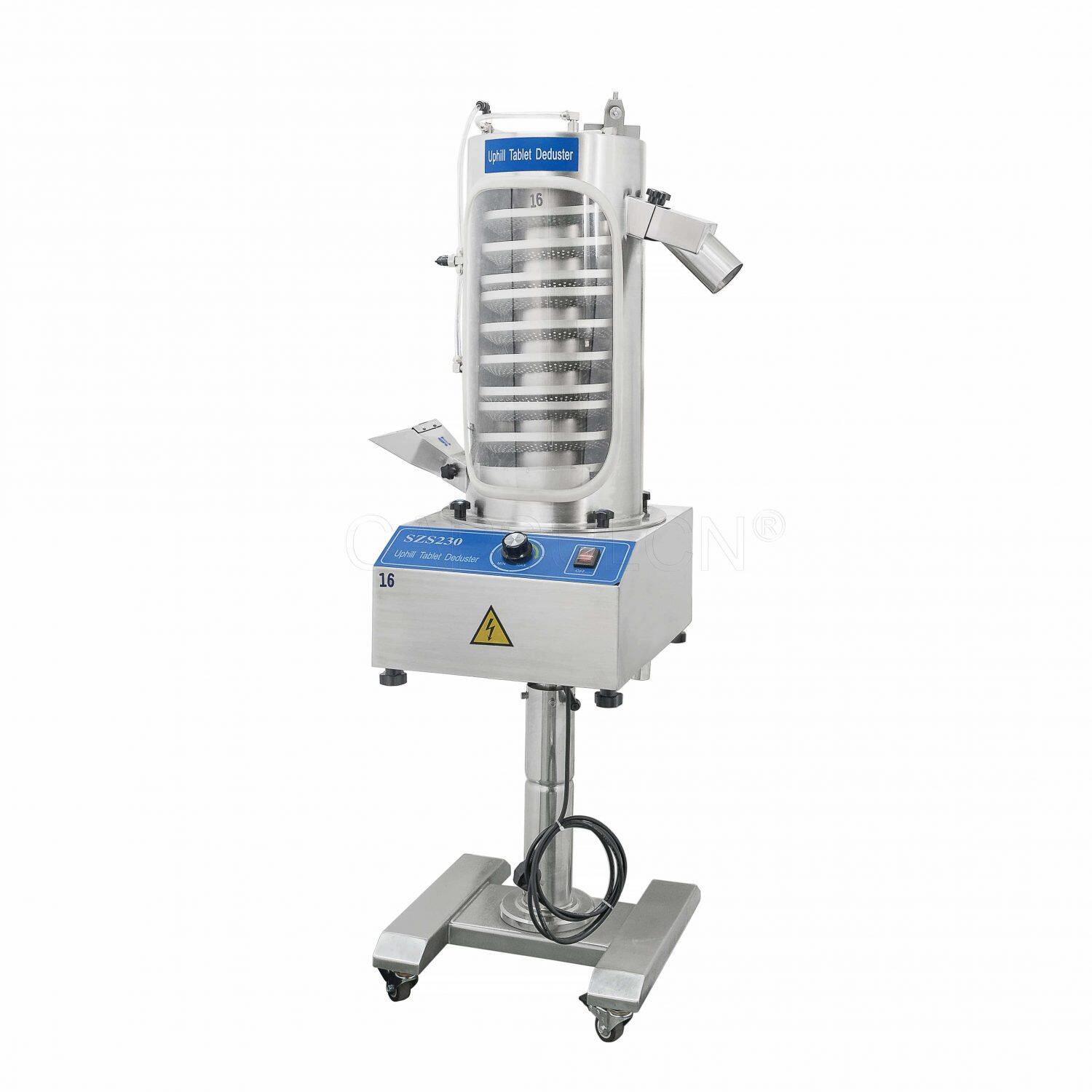
As the tablets go up along the spiral path, they rub against each other to remove dust and burrs. Some dedusters employ compressed air to help dislodge dust and keep it airborne, allowing a dust collector to draw away the dust more efficiently. The helical sieve is typically made of plastic or stainless steel. Some upward conveying dedusters come with a flat spiral sieve, while others have a V-shaped helix profile.
b. Downward conveying
These dedusters are old-fashioned. They consist of multiple layers of perforated plate sieves and a center column. Similar to the horizontal type, these units feed tablets from the top, using vibration to enable the tablets to bounce and fall into the gap between the plate sieves and the center column. And then, the tablets reach the lower sieve.
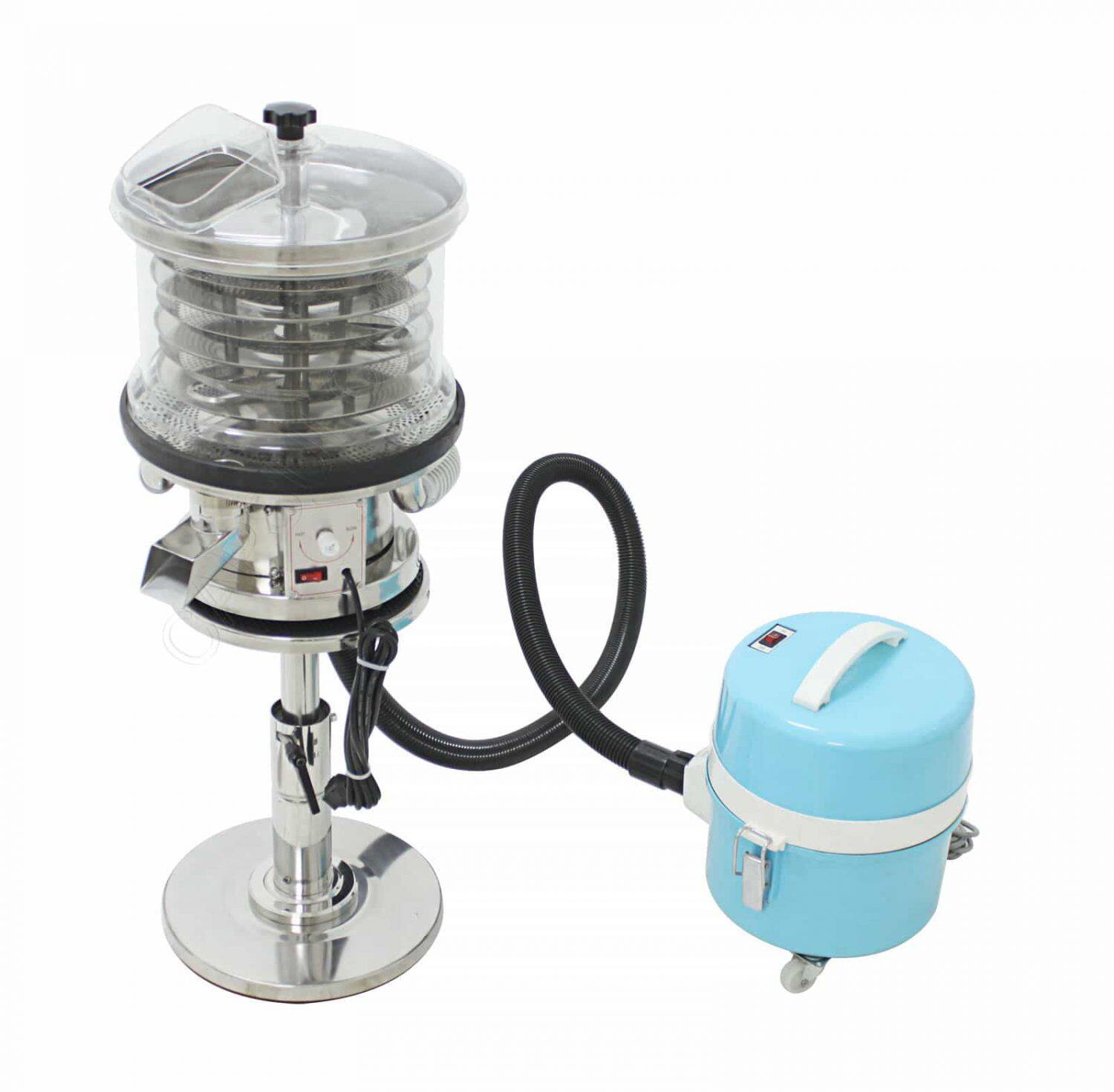
The tablets are conveyed downwards from layer to layer until they get to the discharge chute. During the process, the tablets slightly brush up against one another for dedusting and deburring. In the meantime, the dust and other excess particles are extracted by the suction of the vacuum cleaner.
3. Brush-type tablet deduster working principle
Brush-type dedusters are also available in horizontal and vertical styles. These devices consist of a nylon brush with spiral or parallel bristles, a feed hopper, a discharge chute, and a stainless steel or plastic cylinder. For vertical types, the cylinder comes with upward spiral grooves for tablet conveying.
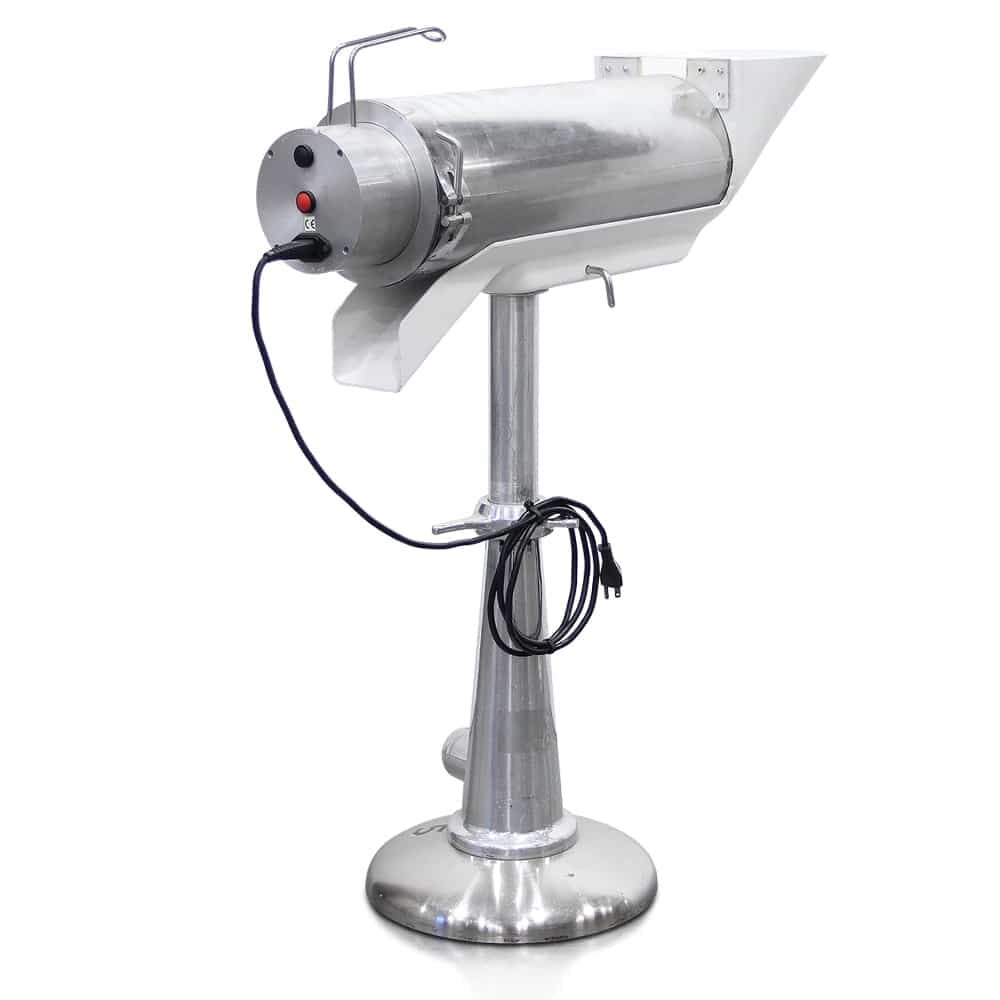
(Image by CapPlus Technologies/PTK)
Driven by a variable-speed motor, the brush rotates inside the cylinder as the tablets pass through the deduster. The tablets are fed from one end of the cylinder, and then the revolving brush enables the tablets to travel the distance to reach the discharge chute at the other end or top of the deduster. Some units are designed with a port for connecting a dust extractor to pull away unwanted dust and particles.
The bottom line
As you can see, tablet dedusters come in a wide variety of styles. The information provided here gives you a rough idea of their working principle and may help you find the right one to boost your tablet manufacturing efficiency.